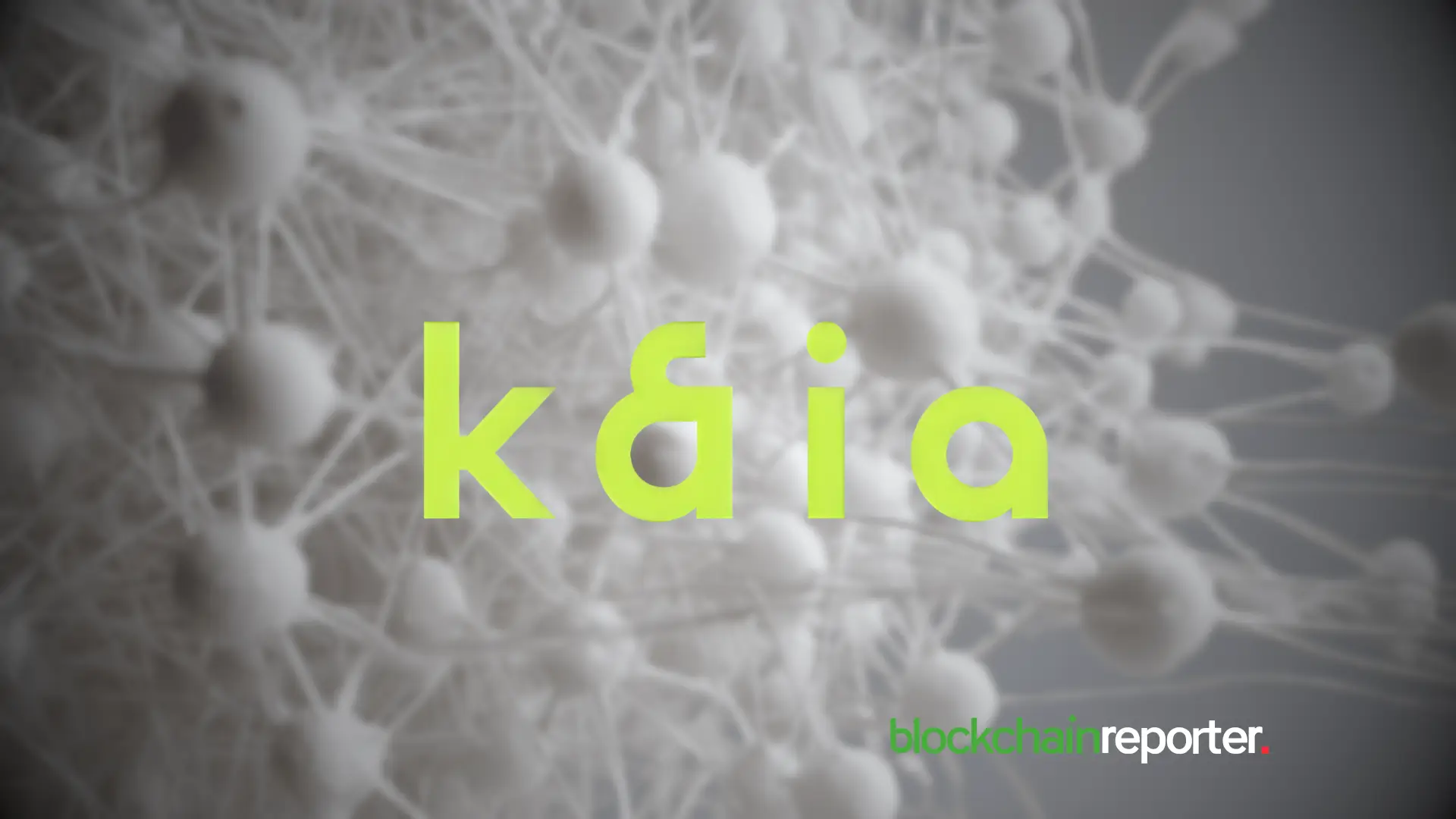Web3 Phishing Surge Drains $12.17 Million in August 2025



In August 2025, a significant increase took place in phishing scams within the Web3 ecosystem. In this respect, the total losses seen throughout the month have reached $12.17M in terms of valuation. As per the data from ScamSniffer, a prominent Web3 anti-scam platform, this rise in phishing attacks highlights the requirement for strict smart contract security as well as scam awareness. Hence, after noticing such huge losses, the decentralized entities should boost their scam detection instruments and fortify users to confront such malicious activities.
$12.17 Million Exit Web3 Ecosystem in Phishing Scams in August 2025
The latest on-chain data discloses that August 2025 has recorded $12.17M in overall losses due to growing phishing attacks. Particularly, these attacks have impacted up to 15,230 consumers in the Web3 sector. As per the reports, these losses reveal that the exploiters are continuously improving their tactics to loot their victims without their awareness. In this respect, they are utilizing the scams comprising EIP-7702 batch signatures.
Apart from that, the exploiters are also leveraging direct transactions to their malicious phishing contracts. Hence, these exploits have reportedly been very effective, specifically when it comes to deceiving consumers during wallet interactions and token approvals. Additionally, the notable incidents include 3 whale-targeted attacks. They collectively took away a huge 46% of the overall losses of August. The biggest single exploit in this respect took into account a staggering $3.08M, presenting such scams’ high-stakes nature.
Growing Phishing Scams Underscore Need for Robust Scam Detection
Keeping such big-scale losses, ScamSniffer has pointed toward the need for improved security and consumer awareness about phishing scams. Thus, the inclusion of scam detection as well as improved verification protocols should be provided to minimize the exploitation risk. Moreover, the users should become more cautious and validate their approvals before signing them.

Kaia Taps Crypto.com Onchain to Accelerate Stablecoin Adoption with $USDT Integration
Kaia joins Crypto.com Onchain Wallet to integrate $USDT to offer seamless stablecoin access, crypto ...

Solana Price Prediction: SOL Price Could Top $300 In 2025, But This Altcoin Is Set To Rally From $0.068 To $4 In 2026
Solana could top $300 in 2025, but Rollblock steals focus with $11.5M raised, 55K users, and $15M wa...

Bitcoin Dominance Weakens, Altcoins Poised for Breakout
According to Michaël van de Poppe, the historical data regarding Bitcoin’s dominance clarifies that ...

